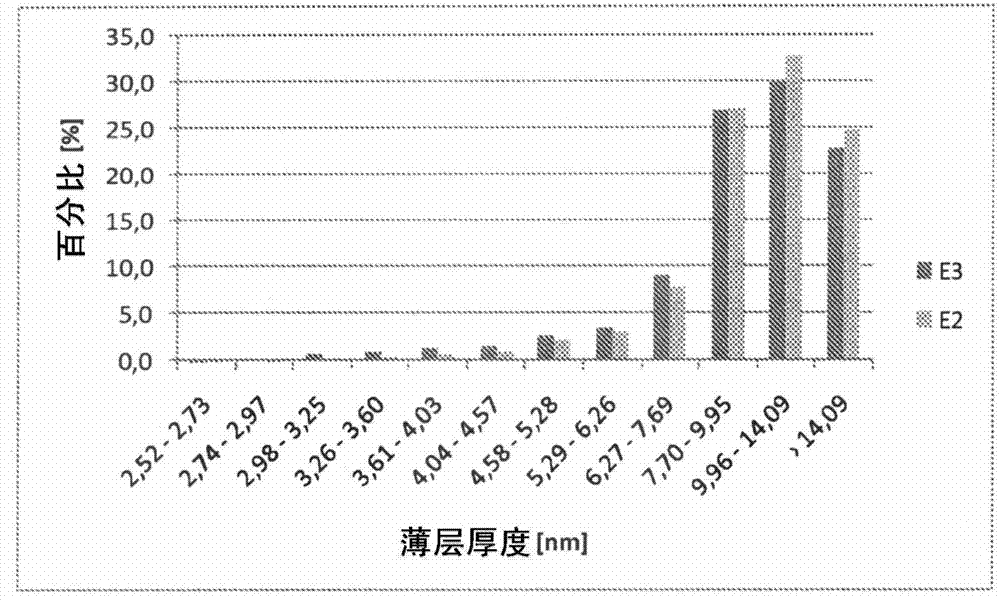Bopp-film
A thin-layer, ISO1133 technology, applied in the field of polypropylene preparation, can solve the problem of high residual silicon content
- Summary
- Abstract
- Description
- Claims
- Application Information
AI Technical Summary
Problems solved by technology
Method used
Image
Examples
preparation example Construction
[0092] The preparation of the polypropylene of the present invention is described in more detail below.
[0093] The polypropylene of the present invention is obtained in particular by a novel catalyst system having a surface area of less than 20 m 2 / g and comprising a catalyst represented by a transition metal compound of formula (I):
[0094] (Cp) 2 wxya 2 (I)
[0095] in:
[0096] X is independently a monovalent anionic ligand, such as a σ ligand,
[0097] Cp is an organic ligand selected from the group consisting of unsubstituted cyclopentadienyl, unsubstituted indenyl, unsubstituted tetrahydroindenyl, unsubstituted fluorenyl, substituted cyclopentadienyl , substituted indenyl, substituted tetrahydroindenyl, and substituted fluorenyl,
[0098] With the proviso that both Cp-ligands are selected from the group mentioned above and that the two Cp-ligands are chemically identical, i.e. identical,
[0099] R is a bridging group connecting two Cp-ligan...
Embodiment
[0187] A. Determination method
[0188] Unless otherwise stated, the following definitions of terms and determination methods are applicable to the above description and the following examples of the present invention.
[0189] Quantification of microstructure by NMR spectroscopy
[0190] Quantitative nuclear magnetic resonance (NMR) spectroscopy was used to quantify the isotacticity, regio-regularity, and comonomer content of the polymers.
[0191] use for 1 H and 13 C Bruker Advance III 400NMR spectrometers operating at 400.15MHz and 100.62MHz respectively to record the quantitative 13 C{ 1 H} NMR spectrum. At 125°C, with nitrogen for all cavities, by using 13 C Optimal 10mm Extended Temperature Probe ( 13 C optimized 10mm extended temperature probehead) to record all spectra.
[0192] For polypropylene homopolymers, dissolve approximately 200 mg of material in 1,2-tetrachloroethane-d 2 (TCE-d 2)middle. To ensure a homogeneous solution, after initial sample prepara...
PUM
| Property | Measurement | Unit |
|---|---|---|
| Surface area | aaaaa | aaaaa |
| Surface area | aaaaa | aaaaa |
| Surface area | aaaaa | aaaaa |
Abstract
Description
Claims
Application Information
 Login to View More
Login to View More - R&D Engineer
- R&D Manager
- IP Professional
- Industry Leading Data Capabilities
- Powerful AI technology
- Patent DNA Extraction
Browse by: Latest US Patents, China's latest patents, Technical Efficacy Thesaurus, Application Domain, Technology Topic, Popular Technical Reports.
© 2024 PatSnap. All rights reserved.Legal|Privacy policy|Modern Slavery Act Transparency Statement|Sitemap|About US| Contact US: help@patsnap.com










